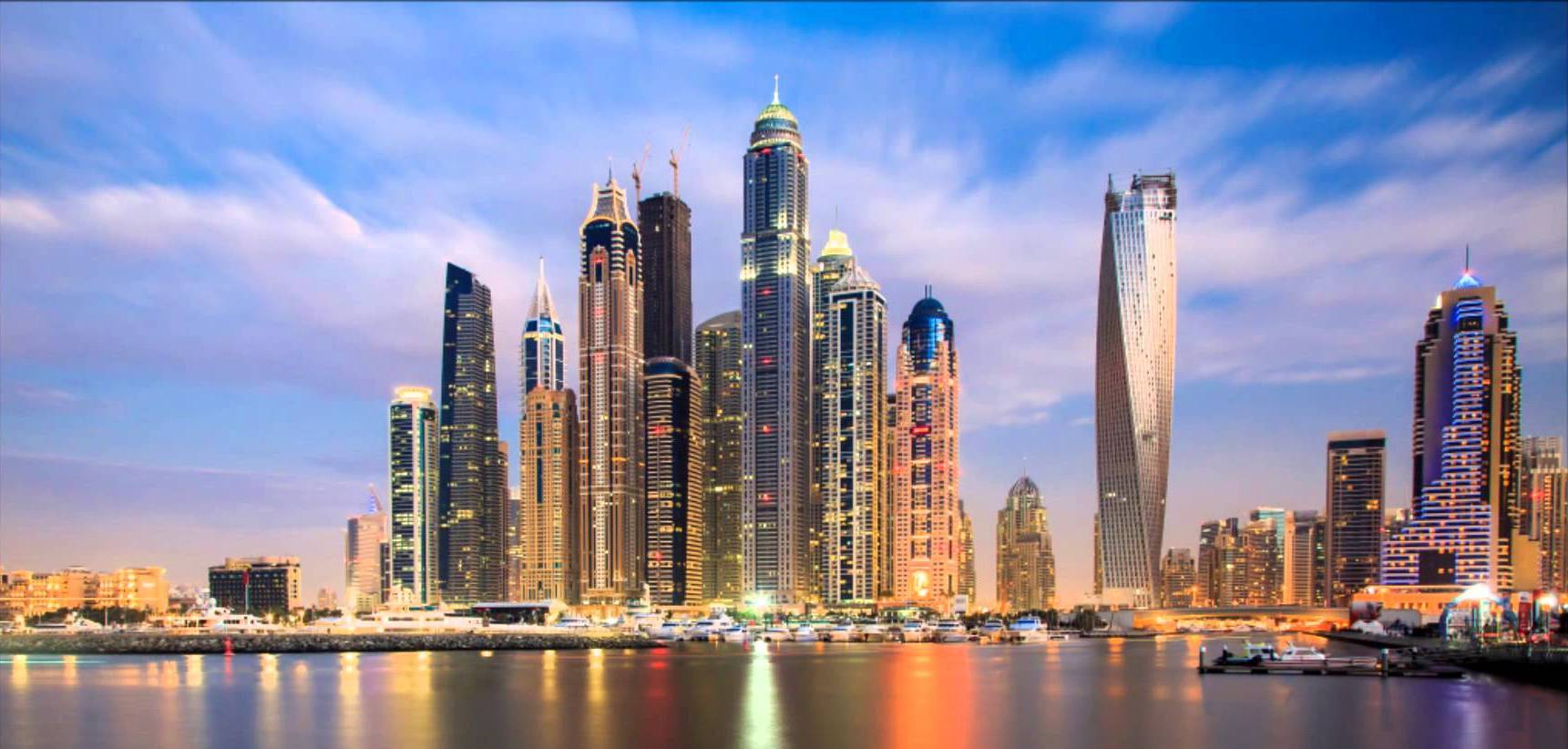PHD UAE’s Chandni Varma, Director of Biddable Media, explains to Campaign Middle East how the world of programmatic OOH is rapidly going to revolutionise the way brands engage with their consumers.
Just as consumer behaviour is constantly evolving, the way we plan and buy media, especially offline media such as OOH, is also changing. All traditional media – be it TV, radio or the mighty OOH – is moving towards digital. But if we closely examine the reality of programmatic digital OOH in this region, it is still only in its infancy.
Despite the UAE being so technologically advanced, there are several reasons why the shift to digital OOH has been slower than in other markets:
- Resistance to change – media planners love traditional billboards; they are the go-to medium whenever there is a big brand launch or we need 100% visibility
- Cost of digitising billboards – for many outdoor suppliers, there isn’t an incentive to digitise screens because the costs currently outweigh the benefits
- Speed – can endure slow creative approval by suppliers ahead of a launch
- Mindset – at the moment the mindset for programmatic OOH remains undeveloped
Programmatic DOOH will provide unique marketing capabilities because of its use of real-world triggers. It can use a combination of location intelligence and audience targeting to be relevant while still not being intrusive.
The mobile phone in every consumer’s hand constantly gives off data indicating what kind of person is in which location; revolutionising DOOH planning as it means buyers can now pick locations they know are most relevant to their target audience. They can even determine how many people have been exposed to their ads and then gone on to visit the desired locations, finally bringing measurability and accountability to OOH media.
When OOH ads are bought from the same interface as display, YouTube, audio and TV, it will put a new kind of power in the hands of the buyer, creating fresh possibilities. It took most of the 20th century for prestige OOH locations like Times Square and Piccadilly Circus to transition to digital screens. But, as is always the case in digital media, expect the next transition to come at lightning speed.
For Chandni Varma’s full article in Campaign Middle East, click here.




